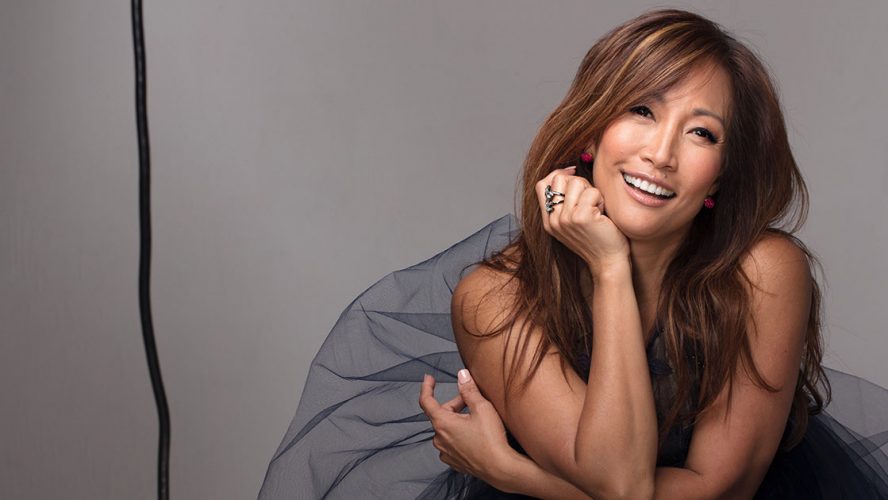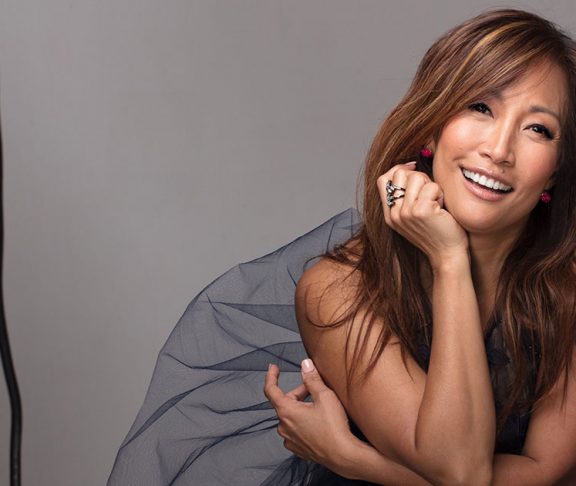Carrie Ann Inaba is a woman of many hats; well-known for her work as an actress, choreographer, TV personality and singer. Her latest role? A fierce advocate for the millions of men and women living with arthritis.
“I was sitting at the judge’s panel next to Len [Goodman, a fellow coach on ABC’s “Dancing with the Stars”] and he asked me a question and I remember turning my head, and I felt this severe sharp pain go down my back,” she recalls. “I had been feeling stress in my shoulders and, you know, we all think that it’s just stress — I didn’t think it was anything to worry about.”
Unsettling news
After an MRI at Cedars-Sinai, Carrie learned that she had severe spinal stenosis. Stenosis means the abnormal narrowing of a body channel; and when combined with the word spinal, it defines a narrowing of the bone channel occupied by the spinal nerves or the spinal cord. Her doctor cautioned that her days on the dance floor might be over. “He said, ‘If you get pulled the wrong way or if you get into a car accident and get whiplash, you could be paralyzed.’”
Ironically, the time Carrie spent on the dance floor likely contributed to her diagnosis. “This is something I try to warn as many young dancers as I can about,” she proclaims. “It’s so great to throw your head back and feel all of that passion, but the doctor told me that this kind of injury is usually only seen in football players and dancers.” Stenosis is common in dancers from whiplash, and in football players because of the recurring head impact. “Dancers may not have impact, but we’re creating damage.”

Carrie’s health complications don’t end with stenosis — she also suffers from rheumatoid arthritis. “There’s no real cure for arthritis, or for any of this,” she explains. “But there are ways to manage your situation and increase mobility. I use a lot of different therapies to handle the pain as well as the lack of mobility. Pain is something you have to manage right away, because you don’t want to get into a pain cycle.”
A diagnosis that doesn’t discriminate
Carrie wants young people to know that arthritis is not an older person’s condition. “When you’re young, you think your body is an amazing machine — it’s an amazing creation, it can heal almost anything on its own given the right environment to heal.” Of the 50 million Americans living with arthritis, two-thirds are under the age of 65. “After a lot of damage — and dancing puts a lot of damage on your body — the effects compile. I got to the point where it just wasn’t feasible for me to be a dancer anymore.”
The next generation
Today Carrie shares her wisdom and experience with hopeful “Dancing With the Stars” contestants, urging them to take care of their bodies. She also uses her influence to inform the millions of men and women living with arthritis that they are not alone.
“I do feel that arthritis is a hidden disease … we’re not talking about it enough,” she urges. “The work that I did with the Arthritis Foundation was really rewarding because I had a chance to talk about it and encourage people to go out and talk about their pain.”

